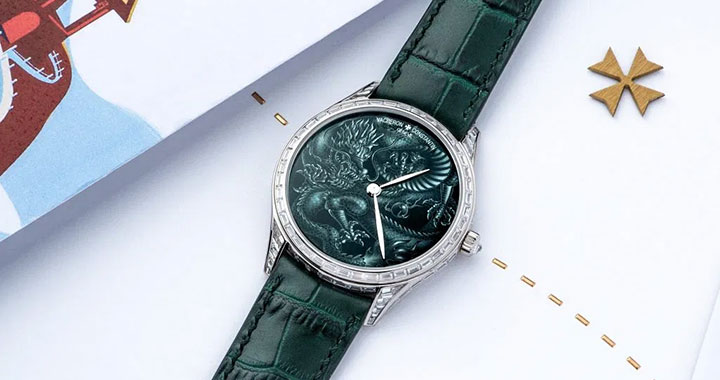In East Asian cultures, the Year of The Dragon in the Zodiac is marked with power, energy and fortune, with strength and intelligence assured of those born during this period.
Whilst every symbol holds a special place in East Asian cultures, the dragon has always held a significant place in the nations folklore and history, with emperors associating themselves with the dragon as a symbol of imperial authority and strength.
The dragon has often been used for many decorative items throughout history in the art world and even further afield. At Doerr Dallas we thought we would talk you through some of the most glorious examples of this most auspicious figure.
1. Vacheron Constantin Les Cabinotiers – Recits de Voyages collection
Vacheron Constantin, despite usually being a very conservative watch brand have recently introduced this impactful piece in a series of multicultural one-offs. Included in the stunning line-up is an ode to China, with a five-clawed dragon realised in grisaille enamel. The 16th century technique uses white enamel on a dark enamel base to emphasise the interplay of light and shadow without the use of vibrant colours.
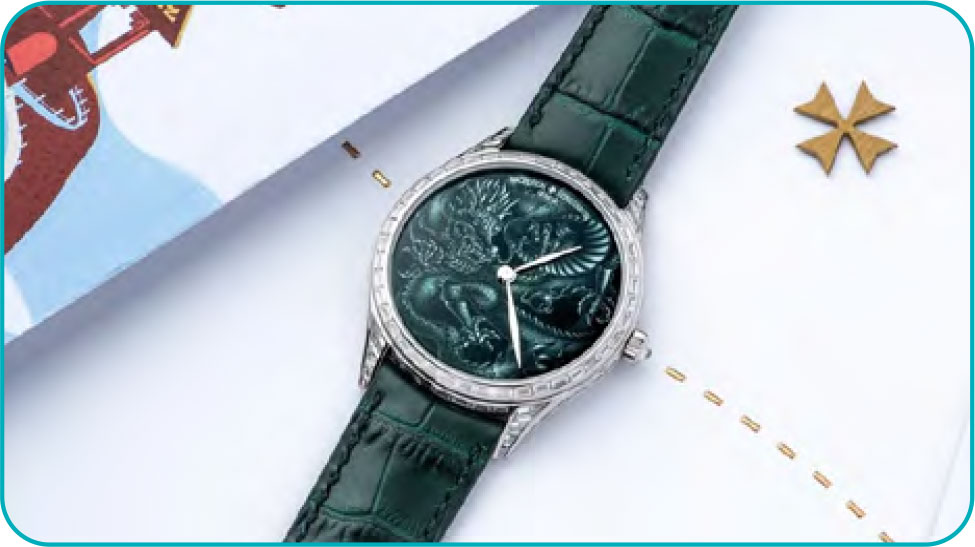
2. An early 20th century Chinese Dragon carpet
The carpets of the far east have always been fascinating to many people and this example is no different.
Stunning golden dragons on a deep indigo blue background with a classical T pattern border design, it is supposed that the figures from which they were derived, once symbolised thunder and clouds.
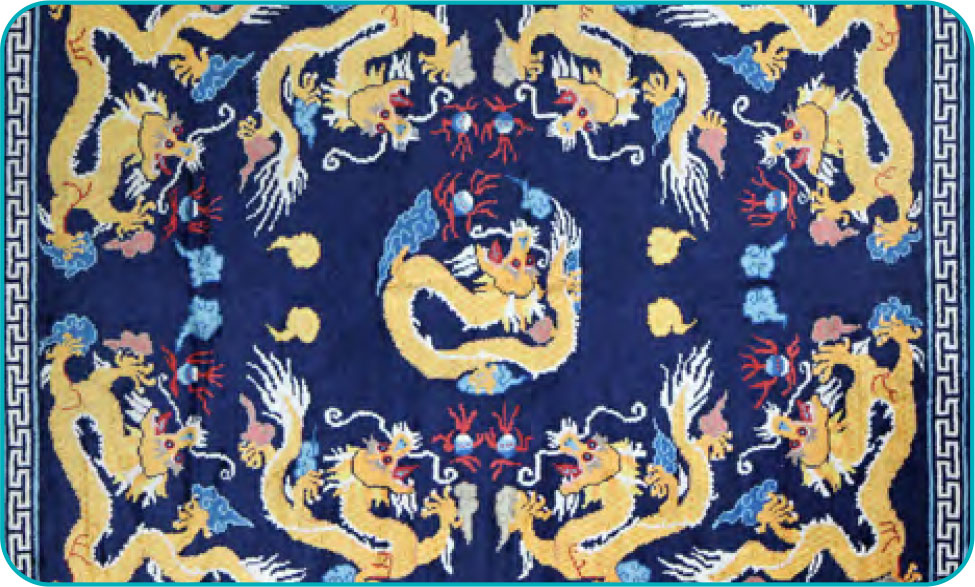
3. A mid 19th century Tibetan painted chest of drawers
The number 12 figures prominently in Tibetan astrology, making this simple chest’s dozen drawers the perfect canvas to honour the year of the dragon. Tibetan astrology recognizes a 12-year cycle, characterized by 12 animals, including the dragons that wind their way on this expressively painted cabinet. The gessoed dragons symbolize ambition, dignity and success. Camouflaged by lush flowers and vines, each writhing dragon clutches in its claws a lotus flower, a symbol of purity and perfection, and a peach, a symbol of immortality.
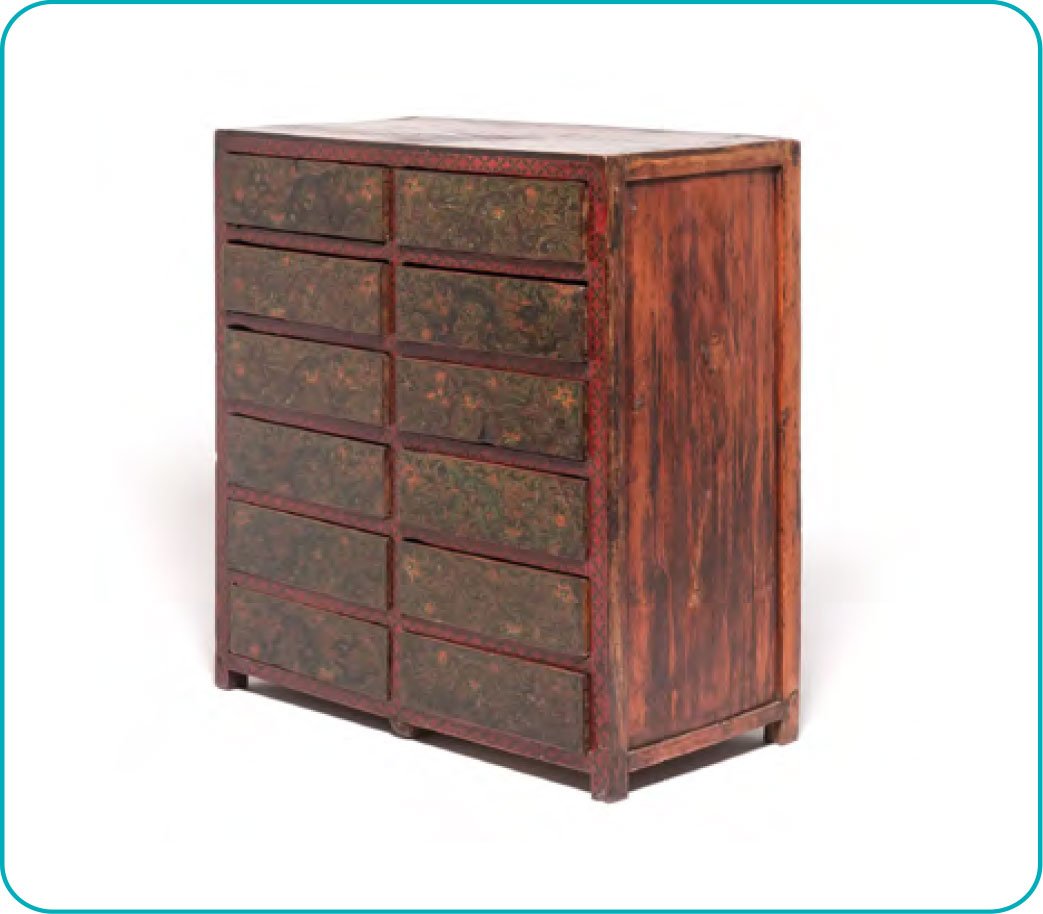
4. A 20th century Chinese Jardiniere upon stand
This monumental cloisonné enamel jardinière is a superb example of 20th century Chinese design. The jardinière is of traditional form, rising from a narrow foot to a flared shoulder and culminating in a rolled rim. The body is profusely adorned with cloisonné enamel designs over the white enamel ground: dragons, waves, floral patterns, and other motifs abound. The piece is supported by a wooden stand, each of the stand’s four legs ornately carved and finished.
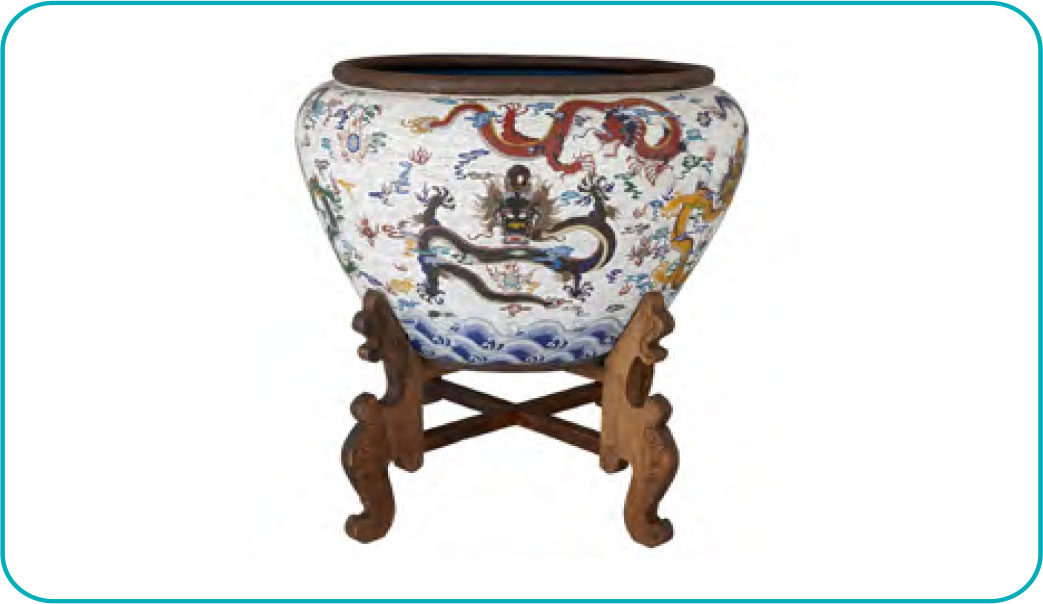
So whilst the images of other Zodiac figures such as the Rat, Dog, Rabbit and others all have their fans, it’s clear that the Dragon really does hold a special place in the heart of the Chinese people and judging by the popularity of the items relating to it, all over the world.
To arrange a an asian art valuation, call us on 01883 722736 or email us on [email protected].
Alastair has been involved in the antiques industry for over 20 years as an auctioneer and valuer. Alastair has a particularly broad knowledge with interests and passions to include the following specialities; militaria, watches, automobilia, rock and pop, posters, comics books, and musical instruments.






